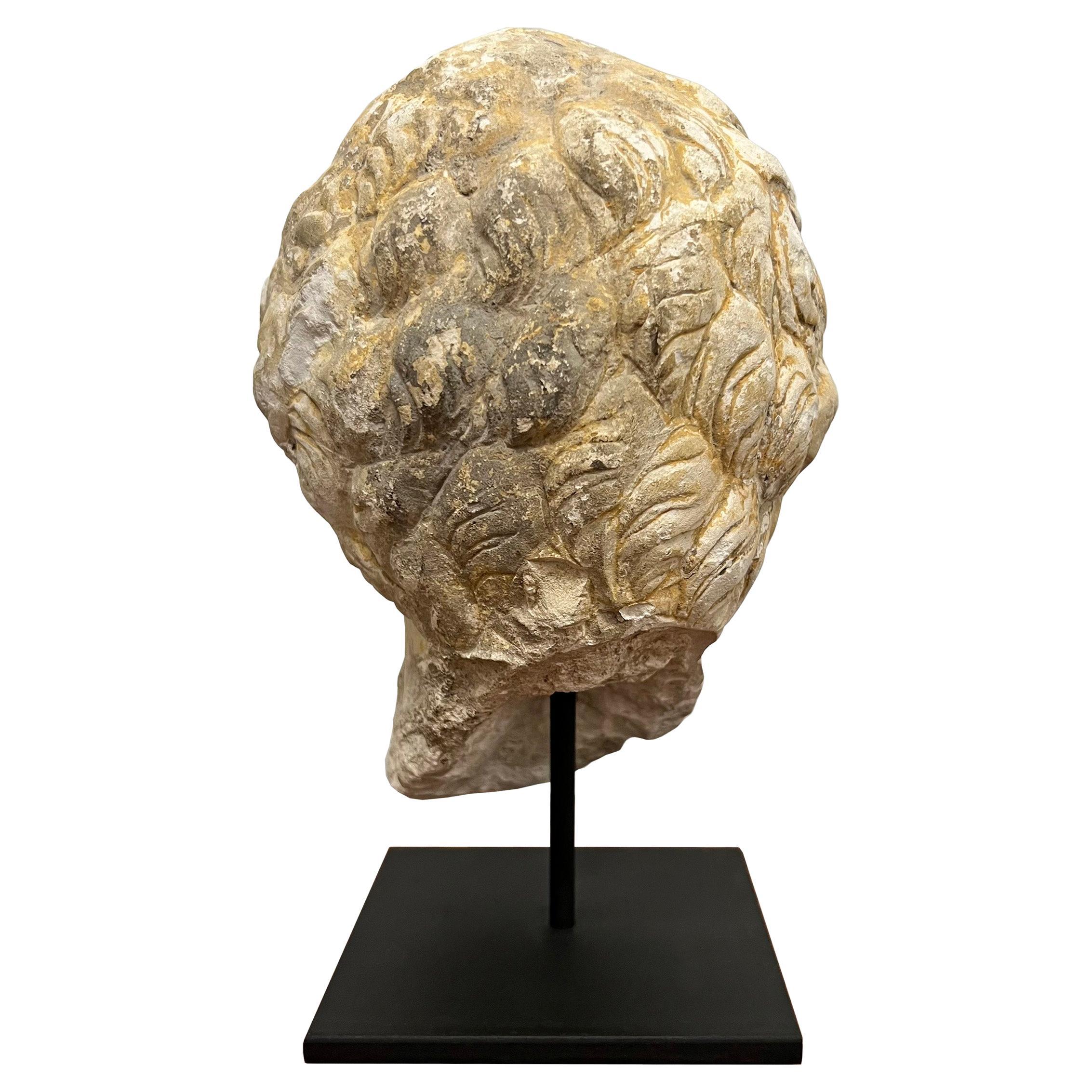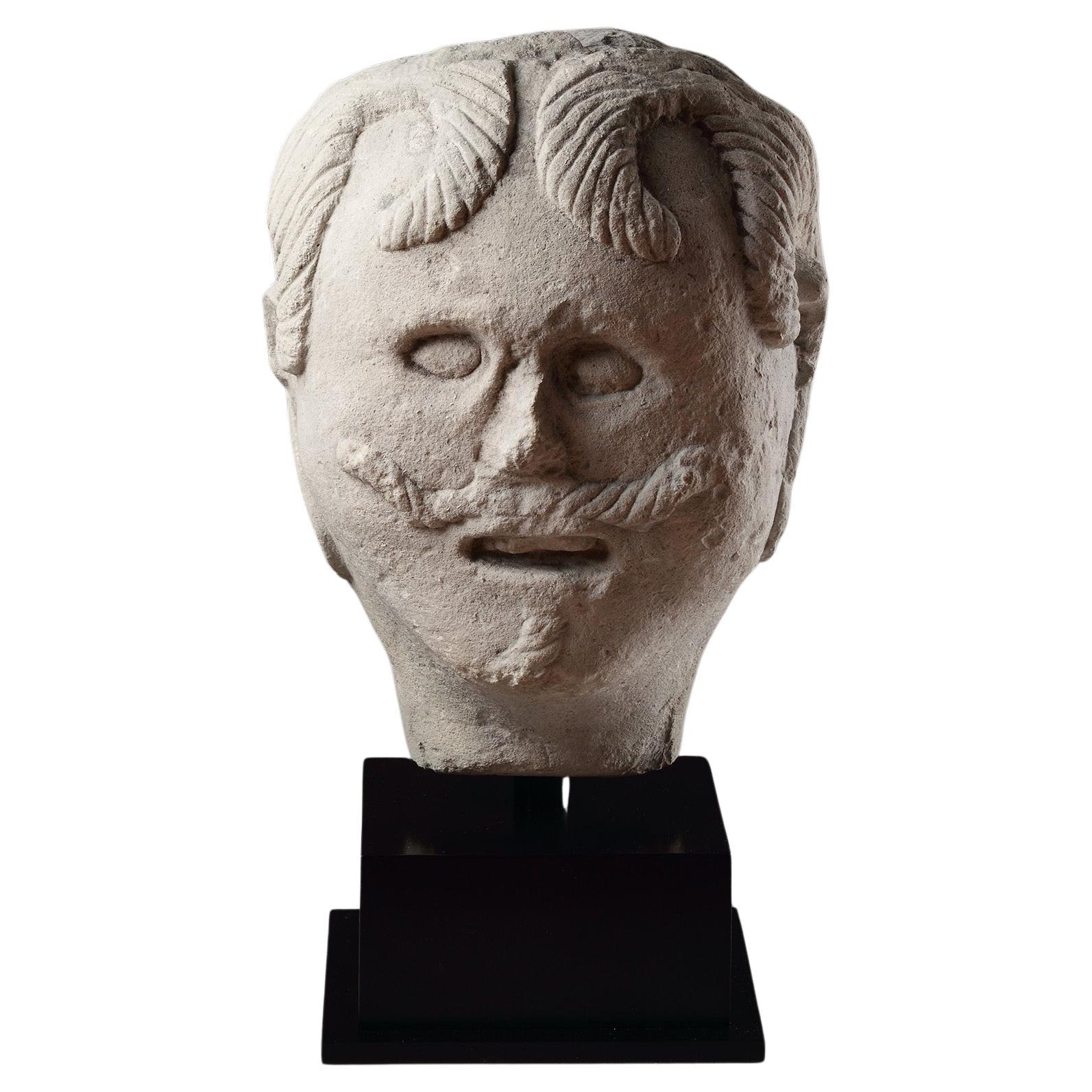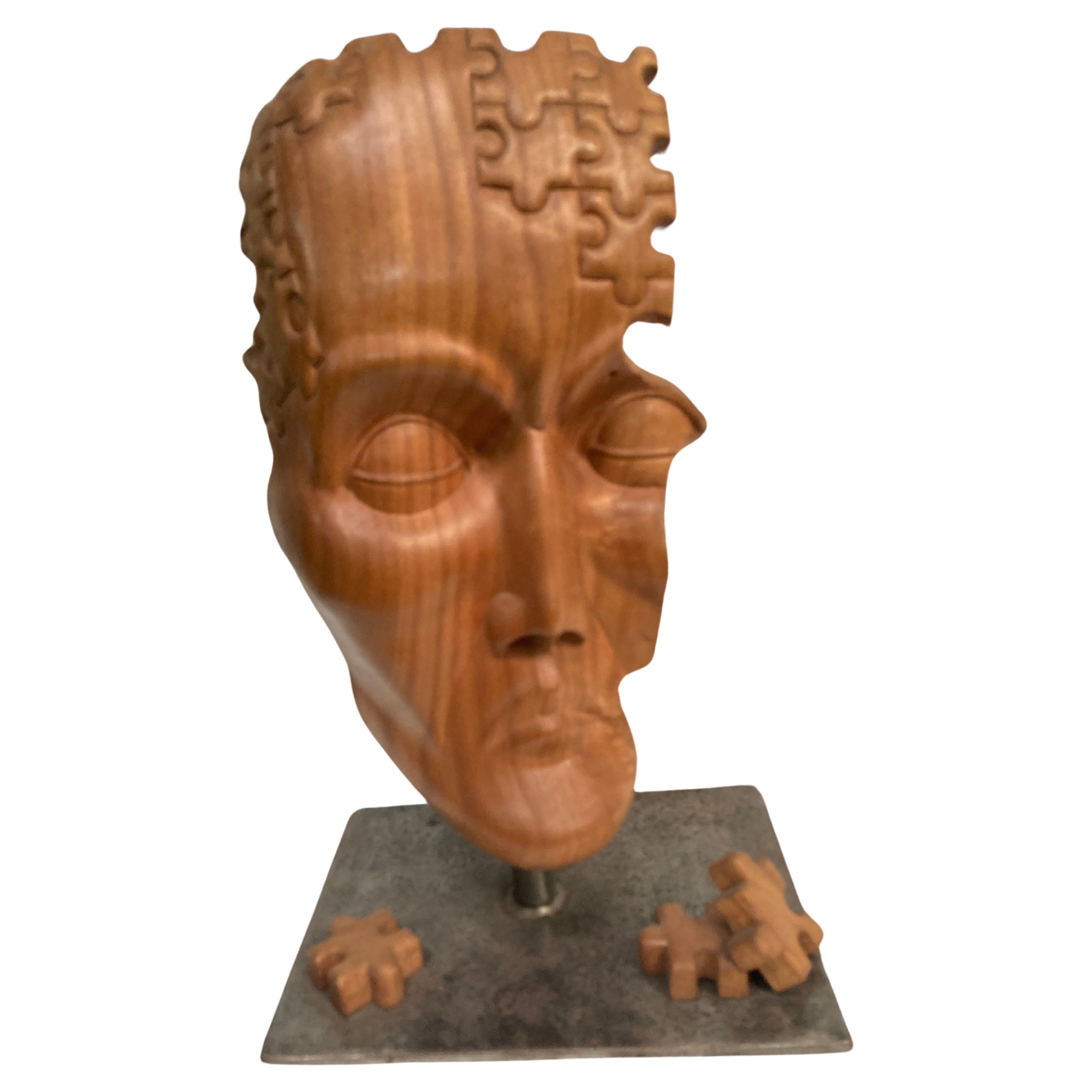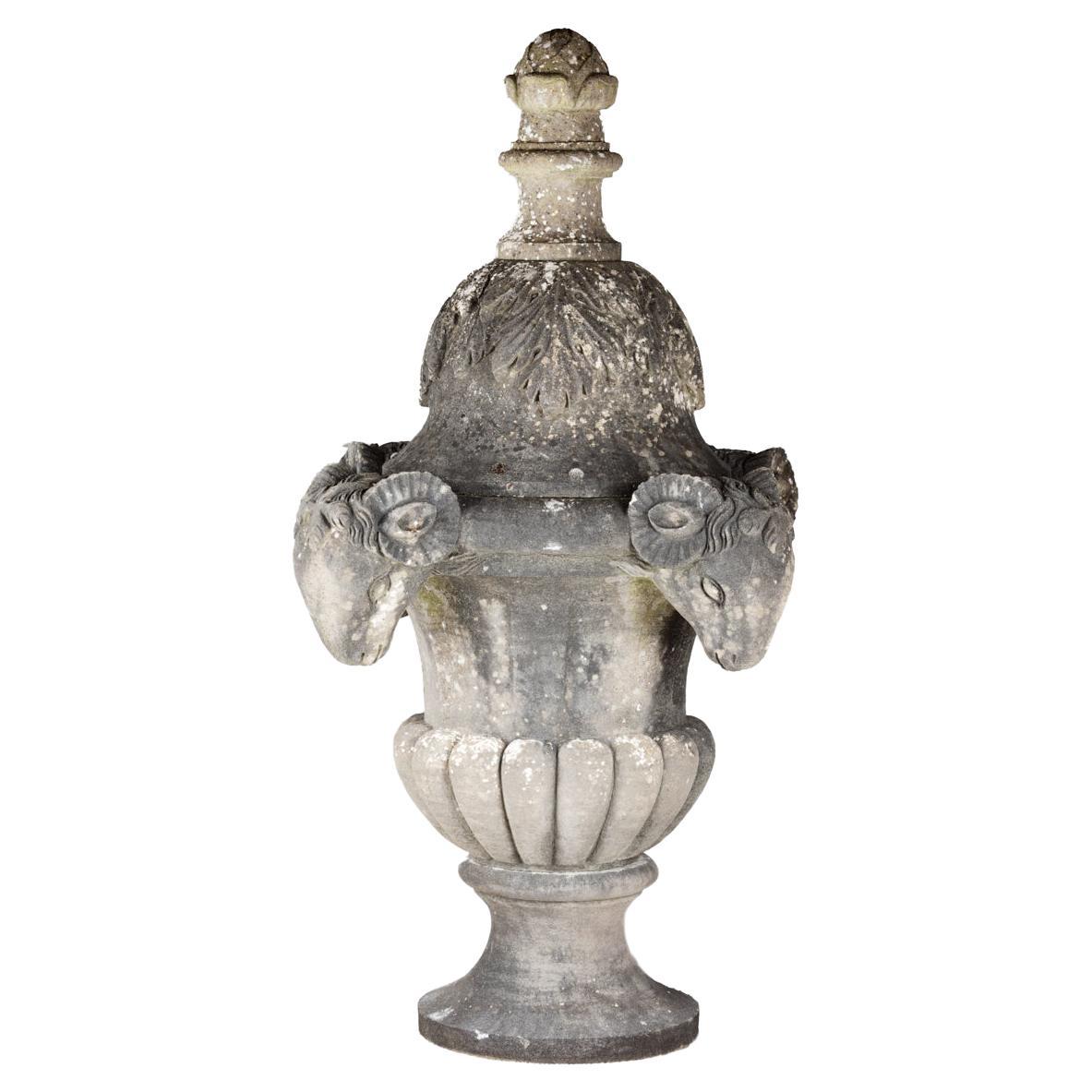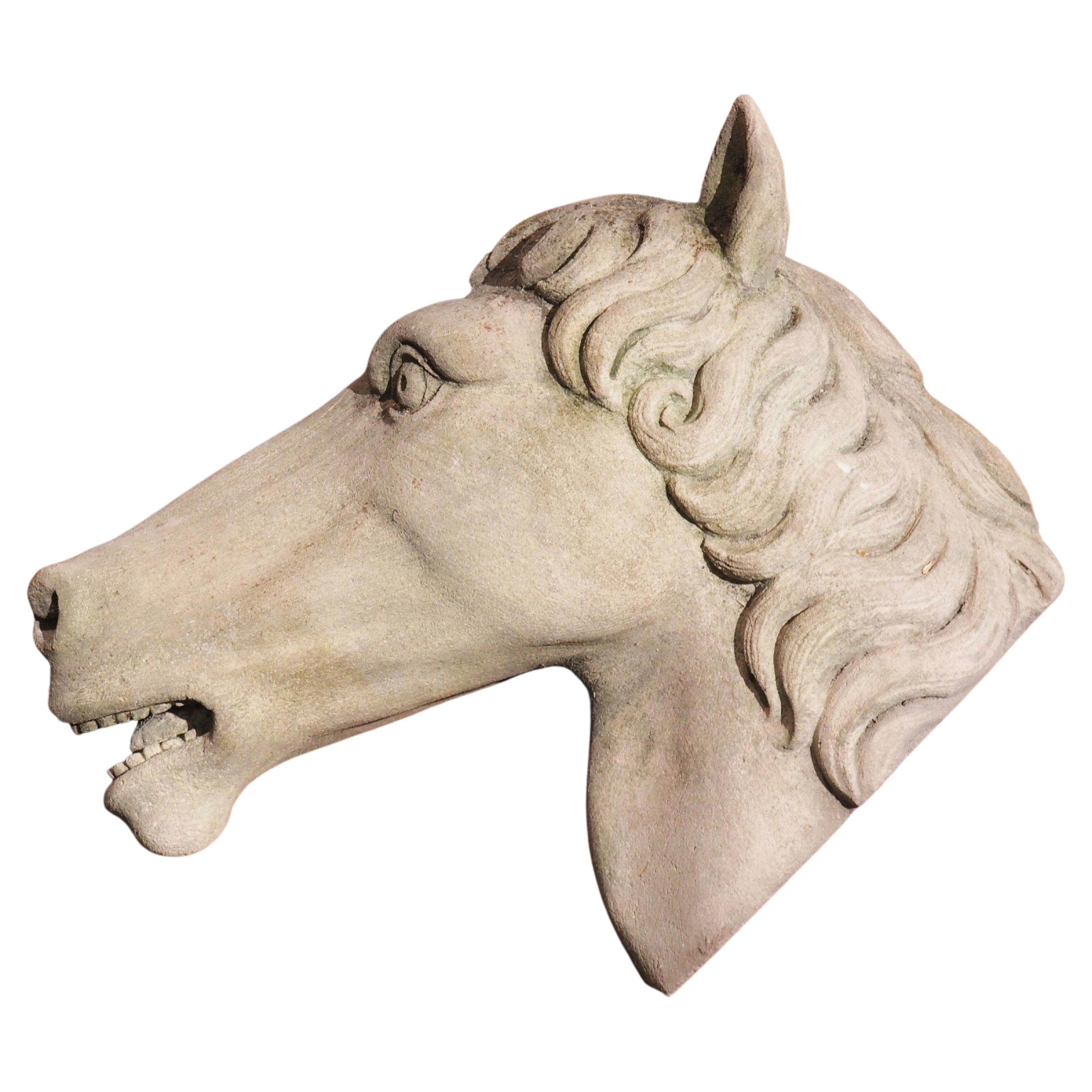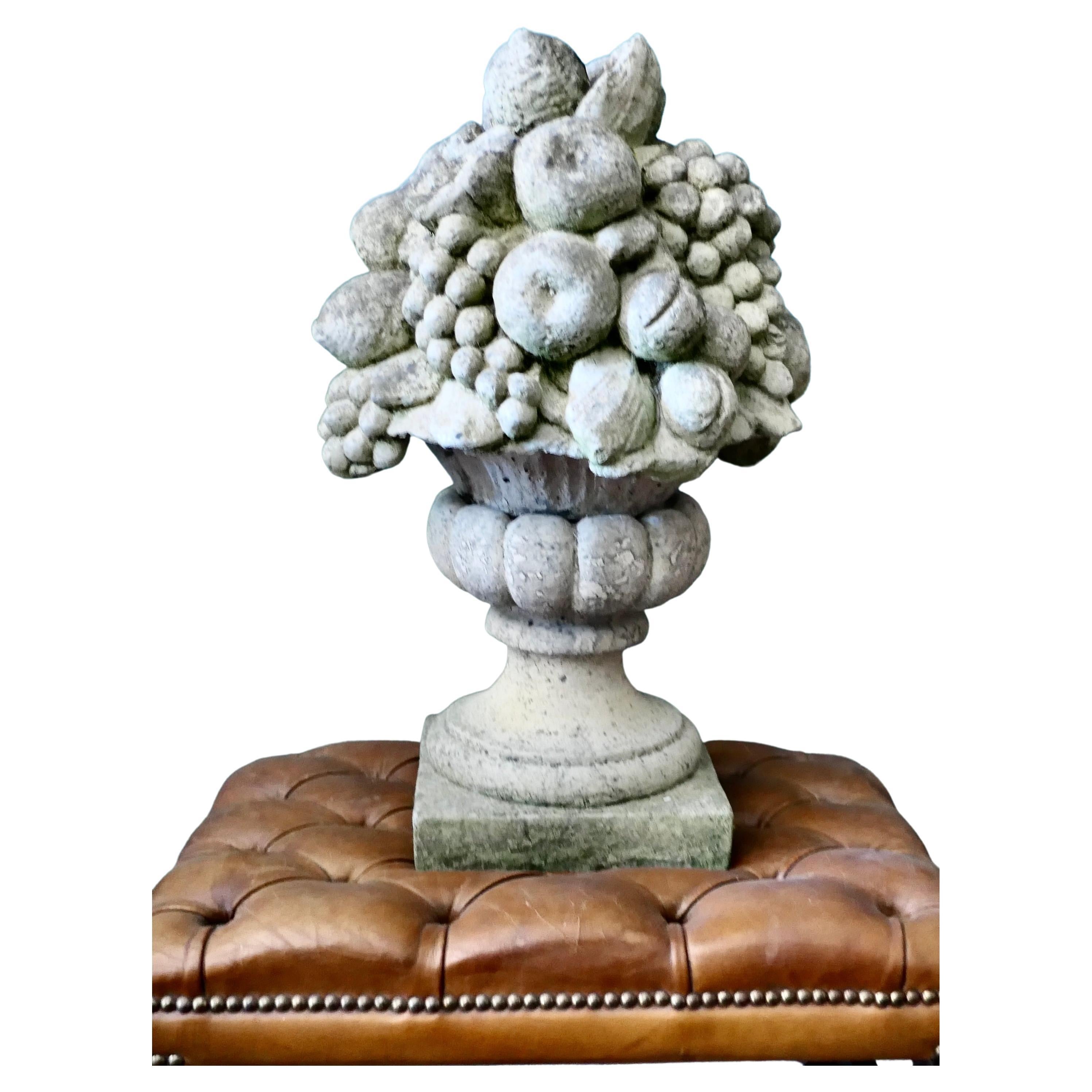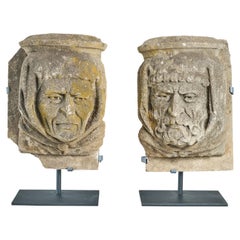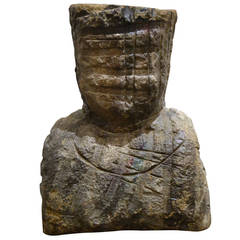
Abstract Carved Limestone Head by Vladimir Prodanovich
View Similar Items
1 of 8
Abstract Carved Limestone Head by Vladimir Prodanovich
About the Item
- Creator:Vladimir Prodanovich (Artist)
- Dimensions:Height: 71 in (180.34 cm)Width: 14.5 in (36.83 cm)Depth: 16 in (40.64 cm)
- Materials and Techniques:
- Place of Origin:
- Period:
- Date of Manufacture:20th Century
- Condition:
- Seller Location:Cathedral City, CA
- Reference Number:Seller: 120888 SDCFS1stDibs: LU85921243758
You May Also Like
- Pair of Carved Limestone Heads from a Building FacadeLocated in Chicago, ILPair of carved limestone heads from a Chicago Hospital. Heads depict ancient medical practitioners. Custom iron mounts are recently made.Category
Vintage 1920s American Figurative Sculptures
MaterialsLimestone, Metal
- 15th Century French Carved Limestone Head FragmentLocated in Chicago, ILAn incredible and rare 15th century French carved limestone fragment depicting the back of a man's head with a wavy hair texture, and mounted on a c...Category
Antique 15th Century and Earlier French Renaissance Mounted Objects
MaterialsMarble
- Large 17th century French Hand Carved Limestone HeadLocated in Buisson, FRAmazing and large handcarved limestone head with a stunning weathered look. Unique period piece from the 17th century now placed on a wooden pedestal. France circa 1600-1700. Weather...Category
Antique 17th Century French Baroque Figurative Sculptures
MaterialsLimestone
$2,466 Sale Price43% Off - European Carved Limestone Celtic Votive Head of a Male WarriorLocated in London, GBA Large European Carved Limestone Celtic Votive Head of a Male Warrior Wearing a Typical Flowing Moustache Small Beard and Curling Locks of Hair Stiffened with Lime Wash the Slit Mouth Open as if in Command Circa 1st Century BC - 1st Century AD Size: 31cm high, 22cm wide, 25cm deep - 12¼ ins high, 8¾ ins wide, 9¾ ins deep / 42cm high - 16½ ins high (with base) From about 500 BC, first Greek and later Roman historians mention peoples living in a large area of non-mediterranean Europe as Celts. These classical chroniclers seem to have recognised these communities as having sufficient shared cultural traditions to justify their being given a common name, ‘Keltoi’ by the Greeks, and ‘Celtae’ or ‘Galli’ by the Romans. The earliest allusions to Celts by such Greek historians as Herodotus (485 - 425 BC) were followed by Polybius (200 - 118 BC) and Livy (59 BC - AD 17) who discuss the expansion of the Celts from their central European homelands during the 4th and 3rd centuries BC. They document the presence of Celts in Spain, France, Italy, Greece and Asia Minor, specifically central Turkey. They testify to the successful Roman resistance to the Celts in Italy, after the ignominy of the sacking of Rome by them in 387 BC, and describe the huge defeat suffered by the Celts at the battle of Telemon in northern Italy in 225 BC. The Celts in Greece who sacked the sacred site of Delphi in 279 BC were defeated by King Antigonos Gonatas of Macedon in 278 - 277 BC and in Turkey by Altalus of Pergamon in 240 BC. The Celts in Spain fell under the shadow of Rome from 2nd Century BC and the Celtic heartland known by the Romans as ‘Gaul’ was conquered by the Romans under Julius Caesar in the mid 1st Century BC. Britain was not referred to as Celtic by the ancient historians, but Caesar recognised the close similarities between Britain and Gaul especially in their political organisation. Tacitus (55 - 120 AD) and others chronicled the conquest of Britain between 43 and 84 AD some mentioning the fierce nature of the Celts who went into battle naked. Celtic art therefore belongs to an artistic tradition in the early history of Europe which is no less important than that of the classical world. Art was central to Celtic identity and was closely related to the objects which it decorated. The Celts were used to seeing art as an integral part of their everyday lives. Provenance: Ex Finch and Co...Category
Antique 15th Century and Earlier European Busts
MaterialsLimestone
- Carved wood abstract head sculptureLocated in Bois-Colombes, FRUnusual piece of art showing a puzzle head Hand made carved wood Circa 1970'sCategory
Vintage 1970s French Abstract Sculptures
MaterialsPearwood
- Chinese Carved Limestone Head of the Buddha, Mid-20th CenturyLocated in Austin, TXA sensitively carved limestone monumental head of the Buddha, China, mid-20th century. The large carved limestone head displays a quiet sensuousness typical of the Northern Qi style, and follows Northern Qi stylistic conventions, with an oval shaped head covered in pinwheel shaped curls. His full lips...Category
Mid-20th Century Chinese Busts
MaterialsLimestone

